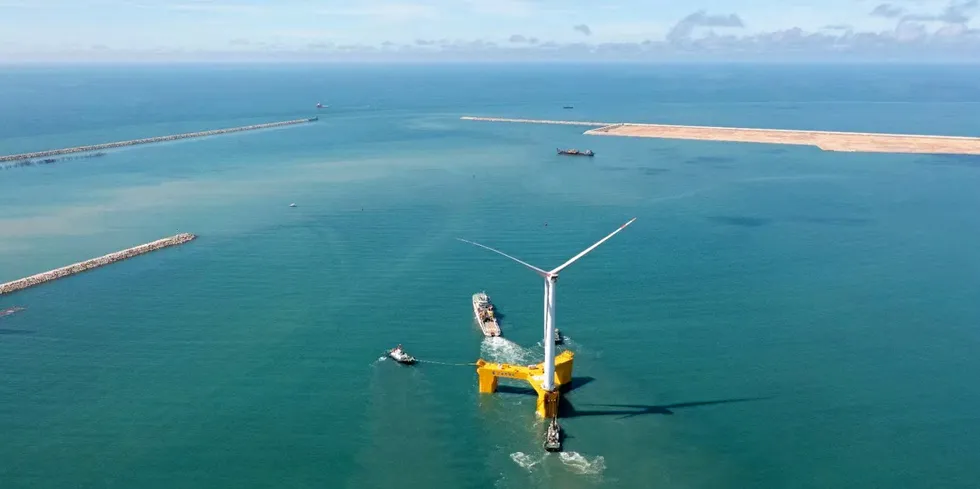Pilots to gear up 'hundred-fold growth' in Chinese floating wind power to 2026: Westwood
Asian superpower to build on world-leading offshore wind expansion with moored fleet on track to grow to almost 500MW inside five years, forecasts UK analyst

Asian superpower to build on world-leading offshore wind expansion with moored fleet on track to grow to almost 500MW inside five years, forecasts UK analyst
